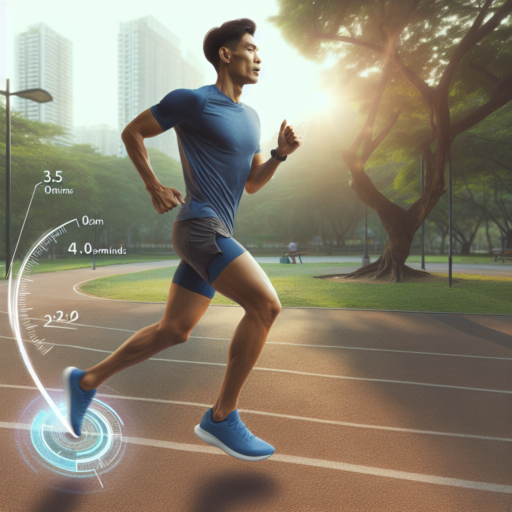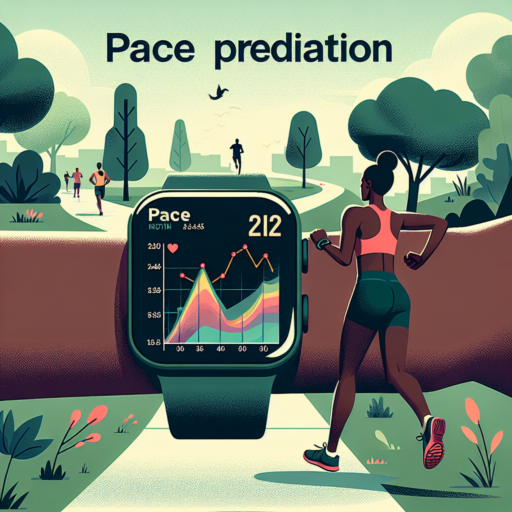What is a normal ground contact time balance?
Understanding your ground contact time balance is crucial for improving running efficiency and preventing injuries. It refers to the difference in time your feet spend on the ground during a running or walking cycle. Ideally, a balanced ground contact time suggests your running gait is symmetric, which is essential for optimal performance and injury prevention.
Typically, a normal ground contact time balance ranges between 49.5% and 50.5% for each foot in healthy, uninjured runners. This slight variation accounts for natural asymmetry in the human body. However, consistent deviations outside of this range could indicate a biomechanical imbalance or the potential for injury. It’s important for athletes to monitor these values closely, especially when increasing training volume or intensity.
Key Factors Influencing Ground Contact Time Balance
- Running Form: An efficient running form can significantly equalize ground contact time between feet.
- Strength and Flexibility: Balanced strength and flexibility in both lower limbs contribute to symmetrical ground contact times.
- Footwear: The right pair of running shoes can help in maintaining a healthy ground contact time balance by providing adequate support and cushioning.
What is an elite ground contact time?
Understanding elite ground contact time is essential for athletes and coaches aiming to optimize performance, especially in running and sprinting disciplines. Ground contact time refers to the duration one’s foot stays in contact with the ground during each stride. For elite athletes, minimizing this time without compromising stride length is key to enhancing speed and efficiency.
Elite ground contact time is distinguished by its notably short duration. It’s a critical factor in achieving superior sprinting speeds and improving overall running economy. The ability to decrease ground contact time, while maintaining or increasing stride length, allows elite athletes to cover more ground at a faster rate, utilizing less energy per stride.
Several factors contribute to optimizing elite ground contact time. These include strength, flexibility, technique, and the proper footwear. Training regimens for elite athletes often include exercises specifically designed to improve these aspects, ensuring that each foot strike is both powerful and brief. This optimization of ground contact time is pivotal for those striving to enhance their athletic performance and achieve new personal bests.
What is a good ground contact time on an Apple Watch?
Understanding the ground contact time (GCT) measured by an Apple Watch can be a game-changer for runners looking to improve their efficiency and reduce the risk of injury. Essentially, ground contact time refers to the amount of time your foot stays in contact with the ground during each step. This metric, provided by the cutting-edge sensors in an Apple Watch, offers crucial insight into your running dynamics.
A good ground contact time on an Apple Watch typically ranges from 200 to 300 milliseconds. Elite runners tend to be at the lower end of this spectrum due to their more efficient running mechanics. However, the ideal GCT varies among individuals, depending on factors like running style, speed, and personal biomechanics. The key is to find a balance that maximizes both efficiency and speed while maintaining a stride that is natural and comfortable for the runner.
Reducing your ground contact time can lead to significant improvements in performance. Techniques for achieving a shorter GCT include focusing on quick, light steps and incorporating strength and plyometric training to enhance muscle responsiveness. Yet, it’s crucial to approach adjustments with care to prevent injury. Monitoring your progress through an Apple Watch can help gauge the effectiveness of your efforts and guide necessary adjustments for optimal performance and health.
No se han encontrado productos.
What is ground contact time?
Ground contact time refers to the duration a runner’s foot spends in contact with the ground during each step of their running cycle. It’s a metric used by athletes and coaches to assess running efficiency and performance. Understanding and analyzing ground contact time can reveal insights into a runner’s gait and potential areas for improvement to enhance speed and reduce the risk of injuries.
This concept is crucial for both novice and seasoned runners as it impacts not only performance but also the physiological aspects of running. A shorter ground contact time is often associated with a more efficient running style, characterized by a higher cadence and better propulsion, leading to improved times and endurance. Conversely, longer ground contact times may indicate a need for technique adjustments or strength training to boost performance.
Various factors influence ground contact time, including running speed, fatigue levels, and running surfaces. Advanced wearable technology and sports science now enable runners to measure and analyze their ground contact time more precisely, allowing for targeted interventions and training modifications. By focusing on reducing ground contact time, runners can work towards achieving a more economical running form, ultimately leading to better performance and reduced injury risk.




